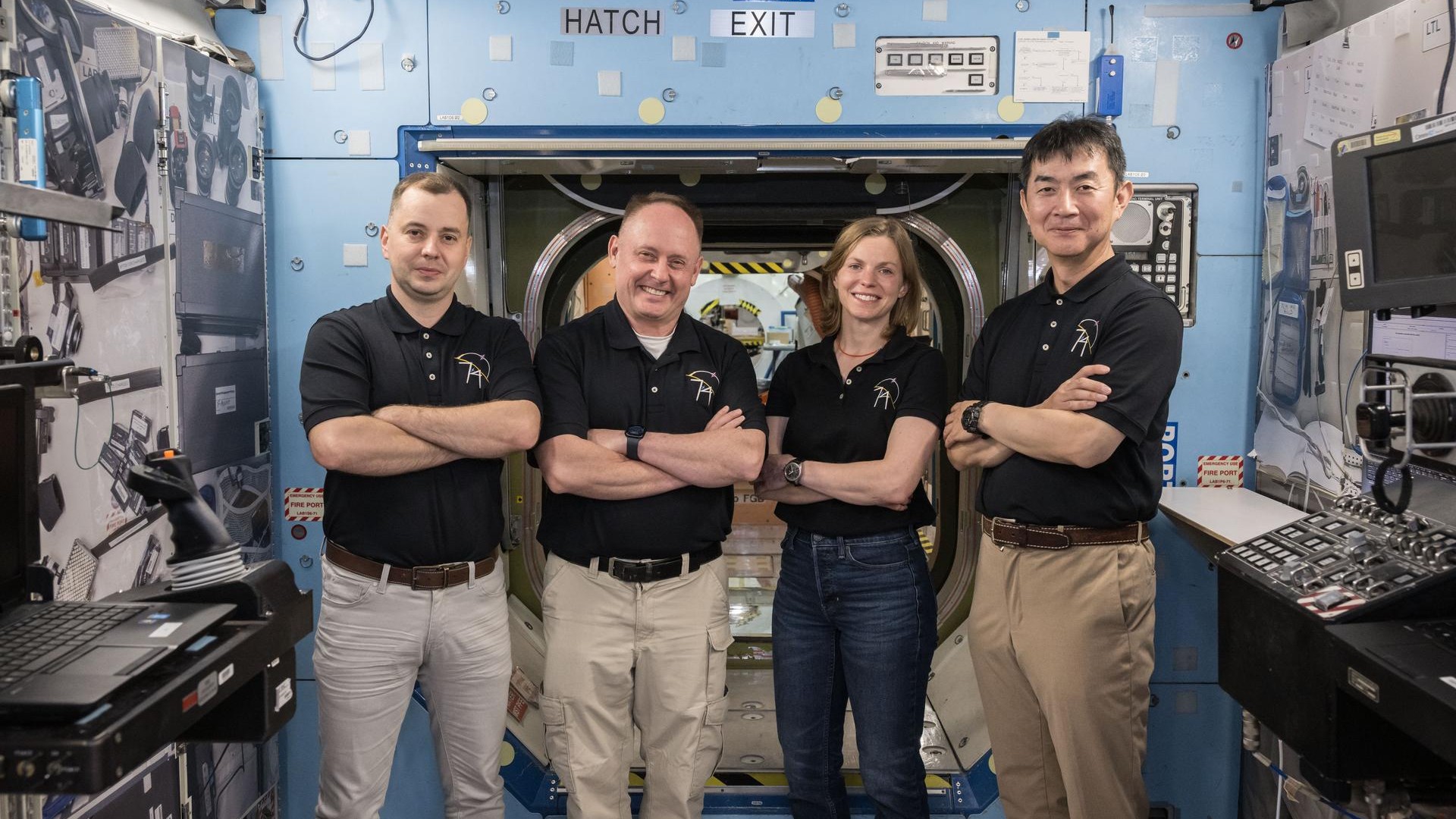Newly discovered Yellowstone eruption is one of 'top 5 eruptions of all time'
It's one of two newly detected 'supereruptions' that rocked North America (and the world) 9 million years ago.

Below the picturesque geysers and rainbow-tinted hot springs of Yellowstone National Park lurks one of the most destructive volcanoes on Earth. The gargantuan Yellowstone hotspot (also known as the Yellowstone supervolcano) has erupted at least 10 times over the past 16 million years, permanently altering the geography of North America, periodically warping Earth's climate and throwing flakes of airborne ash to every corner of the world.
Now, the discovery of two ancient supereruptions — including the single largest in the hotspot's history — reveals an unexpected trend: The Yellowstone hotspot's activity may finally be waning.
Researchers made the new discovery, which was published June 1 in the journal Geology, by analyzing a wide tract of volcanic rock coughed up by the Yellowstone hotspot across vast swaths of the western United States.
According to the study authors, the new discovery rewrites the hotspot's ancient history.
"It seems that the Yellowstone hotspot has experienced a three-fold decrease in its capacity to produce supereruption events," lead study author Thomas Knott, a volcanologist at the University of Leicester in England, said in a statement. "This is a very significant decline."
Related: Rainbow basin: Photos of Yellowstone's colorful Grand Prismatic Hot Spring
The sleeping giant
The Yellowstone hotspot is a mysterious blob of hot rock in Earth's mantle, currently sitting under a 1,530 square mile (4,000 square kilometers) stretch of Yellowstone National Park. While the enormous heat source fuels the park's most iconic features (including the Old Faithful geyser), it hasn't always been there. Like a big sauce pot sliding over an oven burner, Earth's ever-moving tectonic plates have shifted various parts of what are now Idaho, Nevada, Montana, Oregon and Wyoming over the hotspot during the past 17 million years, leaving a trail of ancient volcanic wreckage behind it.
Get the world’s most fascinating discoveries delivered straight to your inbox.
The largest, most cataclysmic of these eruptions are called supereruptions. These Earth-shuddering blasts measure 8 or higher on the Volcanic Explosivity Index (VEI), which measures a volcano’s relative explosivity by the height of its ash column and the volume of its leftover lava. The 1980 eruption of Mount St. Helens measured 5 on the VEI; because the scale is logarithmic, a level-8 supereruption is about 1,000 times more explosive than that.
The most recent Yellowstone supereruption occurred 630,000 years ago and formed much of the modern geography of the park; another occurred below the park 2.1 million years ago. Prior to this, the eruption history gets murkier. Researchers have recorded at least four other supereruptions over the past 12 million years, but one 2016 study estimated that at least a dozen supereruptions have occurred since then. Finding evidence for specific eruptions is tricky, as large volcanic deposits tend to overlap and can look very similar to one another.
In the new study, researchers attempted to solve that problem by performing the most in-depth analysis of North America's ancient volcanic rock tracts ever conducted. Using a multidisciplinary approach, the team correlated widely-separated volcanic deposits in Idaho and Nevada with seven characteristics, including the color of the rock, the rock's age, its chemical composition and the polarity of magnetic minerals inside the rocks.
It turned out that a smattering of volcanic deposits previously attributed to a series of small eruptions actually resulted from two gargantuan ones. The oldest — called the McMullen Creek supereruption — occurred about 9 million years ago over a 4,600-square-mile (12,000 square km) stretch of what is now southern Idaho, the researchers found.
The second, called the Grey's Landing supereruption, occurred 8.72 million years ago and was absolutely "colossal," the team wrote in the study. This eruption covered roughly 8,900 square miles (23,000 square km) of what is now southern Idaho and northern Nevada — making it the single largest eruption of the Yellowstone hotspot ever detected.
"The Grey's Landing supereruption … is one of the top five eruptions of all time," Knott said. "[It] enameled an area the size of New Jersey in searing-hot volcanic glass that instantly sterilized the land surface. Particulates would have choked the stratosphere, raining fine ash over the entire United States and gradually encompassing the globe."
This epic eruption appears to have been about 30% larger than the hotspot's next-biggest eruption, which occurred 2.1 million years ago. There are now six recorded supereruptions that occurred during the Miocene epoch, between 23 million and 5.3 million years ago. These eruptions occurred, on average, every 500,000 years, the researchers wrote. By comparison, the two supereruptions that occurred since then are separated by 1.5 million years.
This reduced rate of giant eruptions doesn't mean we're off the hook. Another supereruption could potentially happen at any time — however, Knott added, it will likely take hundreds of thousands of years to occur. Only by diligently monitoring seismic activity around the park will scientists have a clue as to when it's coming.
- The 11 biggest volcanic eruptions in history
- The 10 Most Hazardous Countries for Volcanoes (Photos)
- Photos: Hawaii's New Underwater Volcano
Originally published on Live Science.
OFFER: Save 45% on 'How It Works' 'All About Space' and 'All About History'!
For a limited time, you can take out a digital subscription to any of our best-selling science magazines for just $2.38 per month, or 45% off the standard price for the first three months.

Brandon is the space / physics editor at Live Science. With more than 20 years of editorial experience, his writing has appeared in The Washington Post, Reader's Digest, CBS.com, the Richard Dawkins Foundation website and other outlets. He holds a bachelor's degree in creative writing from the University of Arizona, with minors in journalism and media arts. His interests include black holes, asteroids and comets, and the search for extraterrestrial life.
 Live Science Plus
Live Science Plus







